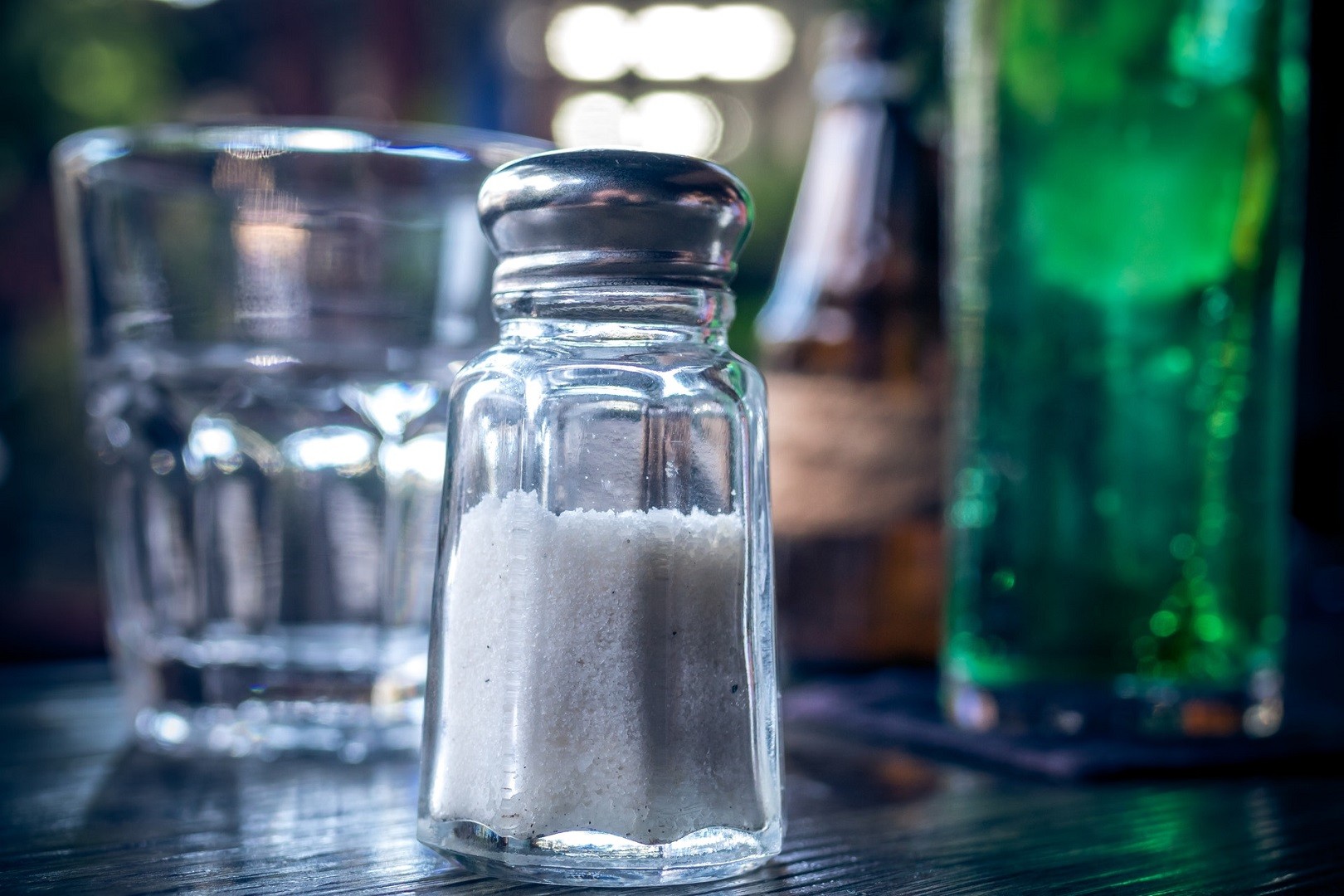
Salt is important for the body but, like all things, it is possible to have too much. Read on to find out more about why we need salt, and how much is actually enough.
Why Salt is Important
The salt that we are all used to eating is actually sodium chloride. Sodium is an electrolyte that is necessary for the body. Electrolytes dissolve in water and carry electrical charges. Pure water cannot conduct electricity while water that contains salt does. The three main electrolytes are sodium, potassium, and chloride. The electrical charge of these electrolytes means that they can carry nutrients into and out of cells, as well as carry messages along nerves and help to regulate the heartbeat. It is also necessary for maintaining fluid balance.
How Much Salt We Need
Based on the average human body, the average adult will need around 4 grams of salt per day, with the minimum requirement being 1.5 grams. No more than 6 grams of salt per day should be eaten. Most people eat about 9.5 to 12 grams of salt per day. Babies should have less than 1 gram of salt per day and the salt intake of children depends on their age.
Hidden Salt
It should be noted that 65 to 85 percent of the salt we consume is already in the food that we eat, not in what salt we add to the food when cooking. The sodium content that is stated on nutritional labels can be misleading as some foods can have 2.5 times the amount quoted. Salt may be added to food for seasoning, as a preservative, as a binding agent, to control the food’s colour, to improve texture, and to control fermentation in the food.
The Danger of Too Much Salt
Salt is a major factor in some health problems. Too much sodium increases the blood pressure, which then increases the risk for heart disease, stroke, and renal disease. If you already have high blood pressure, it is essential that you monitor your daily intake of sodium and try to keep it to below 6 grams per day. High salt intake also increases water retention in the body, and can also worsen thinning of the bones (osteoporosis), and asthma.
Types of Salt
It is interesting to note that there is more than one type of salt. There is rock salt, sea salt, and table salt.
- Rock salt is an unrefined salt and has a grayish hue. Because it is unrefined, it is the most natural of the salts. However, rock salt may contain inedible impurities, so if you are sourcing it, it is important to ensure that the salt is suitable for eating.
- Sea salt is harvested by the process of evaporation. Sea salt may be fine grained or coarse grained. Many types of sea salts have naturally present trace minerals such as potassium, magnesium, and iodine.
- Table salt is the most common type of salt and it is made by sending water through salt deposits and then evaporating it so that only salt remains. The salt then goes through a refining process to remove all the other trace minerals. Therefore table salt is the least nutritious of all the salts. Some table salt is iodised but the iodine is added, not naturally present.
Salt and Trace Minerals
Some types of salt have naturally occurring trace minerals. Table salt, the coarse, refined kind, does not have any trace minerals as it is 99.9% sodium chloride. In this way, it is the least nutritionally viable. Sea salt is 98% sodium chloride, with the other 2% being vital trace minerals. These trace minerals are the ones that are naturally found in sea water and include potassium, iodine, magnesium, iron, copper, calcium and sulphur. Rock salt can be extremely nutritious. The perfect example of this is Himalayan crystal rock salt, which naturally contains 84 of the 92 trace minerals that are known to man, in the same proportions that they are found in the blood. This has numerous health benefits to the body, such as re-mineralising the body, improving connective tissue, and assisting in the cellular absorption of minerals.
Originally published on Aug 02, 2008








